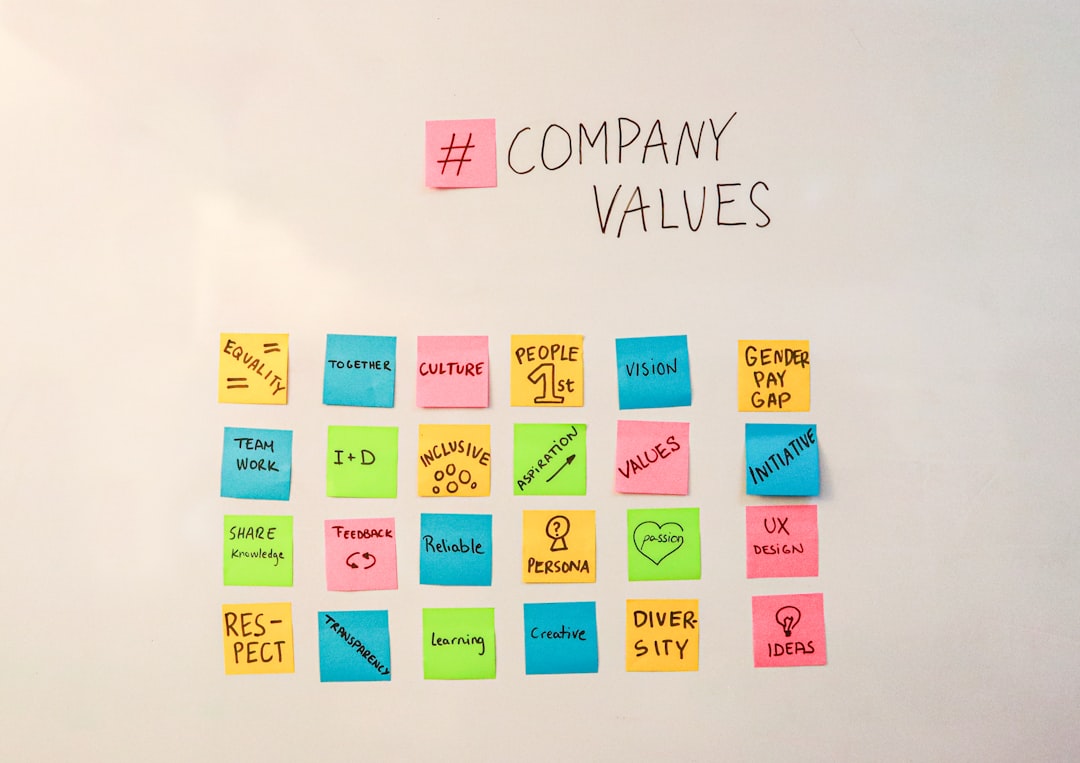As we step into 2025, the landscape of agency pricing models continues to evolve in response to changing client expectations, economic shifts, and the growing demand for performance-based value. Among the most debated pricing models in the marketing, advertising, and consulting spaces are the traditional hourly billing method and the more modern value-based pricing.
Both pricing strategies have passionate advocates and valid rationales. However, in a rapidly changing digital economy—where accountability, transparency, and performance are key—understanding the implications and applications of each model is crucial for agencies and clients alike. This article dives deep into both pricing models, analyzing their strengths, shortcomings, and future relevance.
Understanding the Hourly Pricing Model
The hourly model is one of the oldest and most widely adopted pricing structures within the agency world. Simply put, it charges clients based on the number of hours spent working on a project.
Key characteristics of the hourly model include:
- Billing based on actual time spent by team members.
- Detailed timesheets or tracking reports provided to clients.
- Common in legal, consulting, and some creative services.
At first glance, this model appears transparent and fair. Clients know what they are paying for, and agencies have a clear framework for resource allocation. However, critics argue that hourly billing inherently disincentivizes efficiency. Because agencies earn more the longer a task takes, speed and innovation are not always rewarded.
Advantages of hourly billing:
- Transparency: Clients can see exactly where their money goes.
- Ease of implementation: Simple to set up and track using time-tracking tools.
- Lower perceived risk for agencies: Agencies are paid for every minute worked, reducing financial uncertainty.
Disadvantages of hourly billing:
- Lack of scalability: Increasing revenue relies heavily on increasing hours worked or raising rates.
- Punishes efficiency: Completing work faster leads to lower revenue, counterintuitive to business growth.
- Clients may scrutinize time logs: Leading to trust issues and micromanagement.
The Rise of Value-Based Pricing
In contrast to hourly billing, value-based pricing is tied to the outcomes or the perceived value delivered to the client rather than the time spent. This means agencies charge based on the impact of their work, often aligned with client goals like increased revenue, improved brand awareness, or customer engagement.

Key characteristics of value-based pricing include:
- Fees are determined by the value the client will receive from the project.
- Typically negotiated upfront based on KPIs or expected ROI.
- Often used by high-end creative agencies, consultants, and performance-based firms.
Value-based pricing shifts the conversation from hours and rates to goals and results. This can lead to a stronger strategic partnership between agency and client and often encourages higher-quality work and accountability. However, accurately scoping and pricing for value requires expertise, data, and trust.
Advantages of value-based pricing:
- Aligns incentives: Agencies are motivated to produce top-tier results since earnings are tied to impact.
- Higher profits for agencies: If value-identification is accurate, revenues can outpace time-based billing.
- Better client relationships: Focused on shared success rather than time logs and hourly reports.
Disadvantages of value-based pricing:
- Complex to implement: Requires knowledge, industry benchmarks, and experience to price correctly.
- Outcome dependency: External factors beyond an agency’s control may jeopardize results (e.g., market changes).
- Perceived risk for clients: Some clients worry about paying a premium without guaranteed returns.
Industry Trends Driving Pricing Decisions in 2025
Several macro and micro trends are influencing the shift toward value-based pricing in 2025. Many brands are now demanding marketing accountability, where returns must be measurable and justifiable. The emphasis is not just on deliverables but on performance outcomes.
Moreover, automation and AI tools now allow many agencies to perform traditionally time-consuming tasks faster. In an hourly model, this could ironically reduce billable revenue—a paradox that highlights why outcome-based compensation makes more sense in a tech-enabled environment.
Additional trends influencing agency pricing strategies:
- Client sophistication: Clients today have better understanding of digital marketing and ROI metrics.
- Increased competition: Agencies are innovating pricing models to differentiate their value proposition.
- Project fluidity: As projects evolve and morph, value-based pricing offers more flexibility than hourly scopes.
Choosing the Right Pricing Model: A Decision Framework
There’s no one-size-fits-all model; the best pricing strategy often depends on various factors like project complexity, client expectations, risk appetite, and the level of trust between client and agency. Below is a decision framework that can guide pricing choices in 2025:
Choose Hourly When:
- Tasks are clearly defined and repetitive (e.g., website maintenance, retainer work).
- Clients require detailed accounting of time and tasks.
- The project is low-risk and short-term.
Choose Value-Based When:
- The project aligns directly with a measurable client goal (ex: increasing leads by 30%).
- The agency offers specialist or high-end strategic services.
- There is a high level of trust and long-term partnership potential.
The Hybrid Approach: Combining the Best of Both Worlds
Recognizing the benefits and limitations of both models, many agencies in 2025 are adopting a hybrid approach. This method involves charging a flat or hourly rate for basic deliverables while incorporating milestone or success-based bonuses if certain KPIs are met. It balances predictability with performance.
For example, a digital agency might charge an upfront fee to build a website (based on anticipated hours), but receive a bonus tied to the number of qualified leads generated post-launch.
This approach not only aligns interests but also builds trust and rewards both efficiency and results.
Conclusion: A Strategic Opportunity
The discussion around hourly versus value-based pricing is far from new, but the decision in 2025 holds deeper strategic implications. With clients demanding more impact, and agencies equipped with data-driven insights and tools, the push toward results-oriented pricing is likely to intensify.
Agencies that invest time in understanding their value, building robust scoping methodologies, and strengthening client relationships are better positioned to thrive, irrespective of whether they bill by the hour or by outcome.
Ultimately, the future of pricing is about alignment—between agency efforts and client success. The agencies that anchor their pricing models in this principle will lead the way in a competitive and value-driven marketplace.



